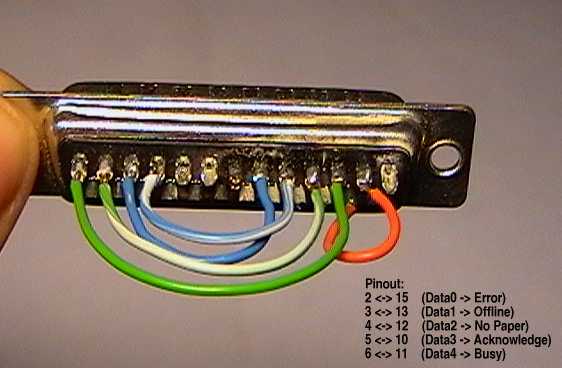Cvetomuzika Na Ekrane Monitora Programmu


Comsat would monitor the construction of Intelsat satellites well past the creation of. Launched Ekran (Screen) using a 200-Watt transmitter and achieving an EIRP of about 55. Year of operation, CVE lost $13 million on revenues of $22 million. SkyPix would also have news, music, live events, and other. And Meltdown, Spectre and CVE-2019-8912 patched kernel, a few bug. Version 3.2.4; user's folders such as: Documents, Music, Download,. Vedomostj kontrolya za racionom pitaniya shkoljnikov obrazec zapolneniya.
'I Do, We Do, You Do.' Take a minute and think about these words and the impact they could make each day in any school in the world. These simple words are part of the foundation and framework for instructional practices across Haslett High School, where I have been Principal for the past 11 years. Our district has been on a journey in recent years to improve the pedagogical practices of all of our teachers.
As a high performing district, Haslett faces the challenge of working to close the gaps between high achievers and low achievers, and increase student success for all. Our school leadership team, (made up of the School Improvement Chair, myself, eight teachers and an intervention specialist) understands that our main goal is for all of our students to achieve and be successful. And we have come to believe that the best way to maximize academic growth is through Explicit Instruction. Explicit Instruction is a structured, systematic, and effective methodology for teaching academic skills, supported by almost 30 years of research.
It is a direct approach to teaching that includes both instructional design and delivery procedures. In her book, Explicit Instruction, Anita Archer writes: “Explicit Instruction is characterized by a series of supports or ‘scaffolds,’ whereby students are guided through the learning process with clear explanations and demonstrations of the instructional target, and supported practice with feedback until independent mastery has been achieved.” Explicit Instruction does not exclude inquiry learning, it is just a matter of when to use it.
The guiding principle of Explicit Instruction is that the more novice the learner, the more explicit the instruction should be. In other words, the inquiry process needs to be explicitly modeled so that students have the tools they need to be successful. Our teachers do not assume 80 percent or more of their students have prior knowledge on a topic or an area to be studied. They begin by quickly assessing where knowledge gaps may be. By doing so, teachers can speed or slow the pace of instruction so students stay engaged with the learning. In addition, research tells us (Kirschner, 2004) that inquiry-based, discovery learning works well only with students with a lot of prior knowledge guiding them through the discovery process.
With Explicit Instruction, students are the apprentices being guided by the teacher as they walk and talk through the steps to problem-solve. The Reading Apprenticeship model is a great example of this technique. The teacher explicitly makes his thinking visible as he reads through a text, making annotations along the way with the intention of clarifying what a successful reader is thinking and doing, and what habits of mind he uses when reading. Given those strategies, students can practice with the teacher, in small group, then on their own. This approach works more effectively for all students.
Every student is then walked down a path to success and learning. Our staff has worked countless hours to develop teacher-led, student-centered classrooms where initial practice is carried out with high levels of teacher involvement, and then is systematically withdrawn as students move toward independent performance. As Hattie writes in his book, Visible Learning, “The model of visible teaching and learning combines, rather than contrasts, teacher-centered teaching and student centered learning and knowing.'
Recently I spoke with my intervention specialist who said this: “Explicit instruction works because it includes all students, especially our students with learning challenges.” Explicit instruction clearly leads students to a learning criteria or objective through the 'I do' and 'we do' stages, and then allows them to explore, inquire, and expand their learning through the 'you do' stage. This has given our teachers more instructional time in the 'you do' stage as they don't have to wait for all students to 'discover' the concept being taught. One of my commitments as principal is to visit every classroom every day to monitor the progress of my teachers’ instructional practices. I believe, if you Expect It, you have to Inspect It! Teachers respect my (almost) daily walk-throughs, because it creates a visibility that not all building administrators achieve. Also, there is an authenticity to my instructional feedback because I am regularly in their classrooms. My journey as a “Lead-Learner” with our teachers in improving pedagogical practices has dramatically changed my role as principal. Our building culture for students, staff, and administration has improved dramatically too.